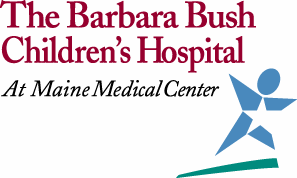Microsoft word - norma especi salon actos, salas asoc.doc
USO DEL SALON DE ACTOS, SALAS DE ASOCIACIO NES 1. DOCUMENTACIÓN A PRESENTAR: Será necesario presentar la ficha de solicitud de espacios debidamente cumplimentada. Además será imprescindible presentar junto al resto de documentación que se solicite un proyecto de actividad a realizar según modelo que se facilite. En dicho documento se reflejará el aforo del acto que podrá ex
 INFECTION CONTROL
INFECTION CONTROL